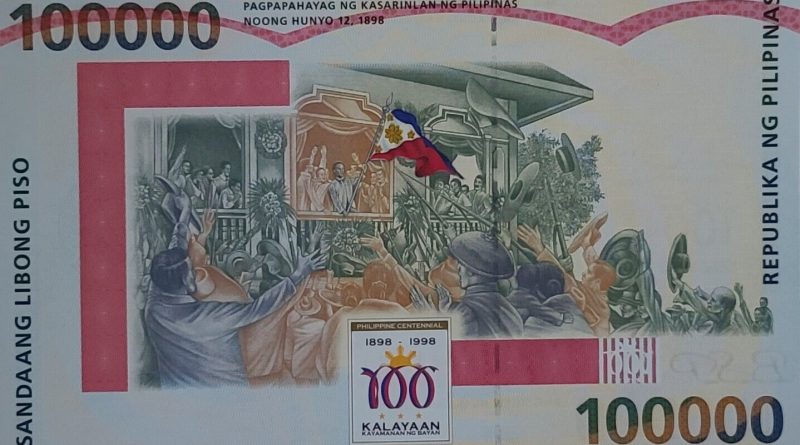Commemorative Banknotes – Why Collect in a Specialized Way?
In the world of numismatics, coins often steal the spotlight, but commemorative banknotes have steadily carved out their niche in the hearts of collectors.
These beautifully designed and often limited-edition notes represent far more than just monetary value—they serve as historical artifacts, national expressions of pride, and unique collectibles for enthusiasts worldwide. For those seeking a more specialized and meaningful approach to currency collecting, commemorative banknotes offer a fascinating window into nations’ culture, history, and artistry.
Commemorative banknotes are special editions of currency issued by a country’s central bank or monetary authority to mark significant events, anniversaries, milestones, or figures in the nation’s history. Unlike regular banknotes designed primarily for day-to-day commerce, these notes are released for limited durations and often in restricted quantities, making them prized items for collectors.
The themes of commemorative banknotes vary widely—ranging from celebrating a nation’s independence, royal jubilees, centennials, sporting events like the Olympics, to honoring national heroes and cultural icons. These notes may be legal tender, meaning they can be used in everyday transactions, but their collectible value often far exceeds their face value.
Some prominent examples include:
The Czech National Bank issued a special 100 Korun commemorative banknote in 2019. This banknote features a unique design that honors Alois Rašín, one of the founding figures of Czechoslovakia’s financial system.
The Vietnam 50 Dong polymer note, issued in 2001, which became a collector’s item due to its unique material and patriotic design.
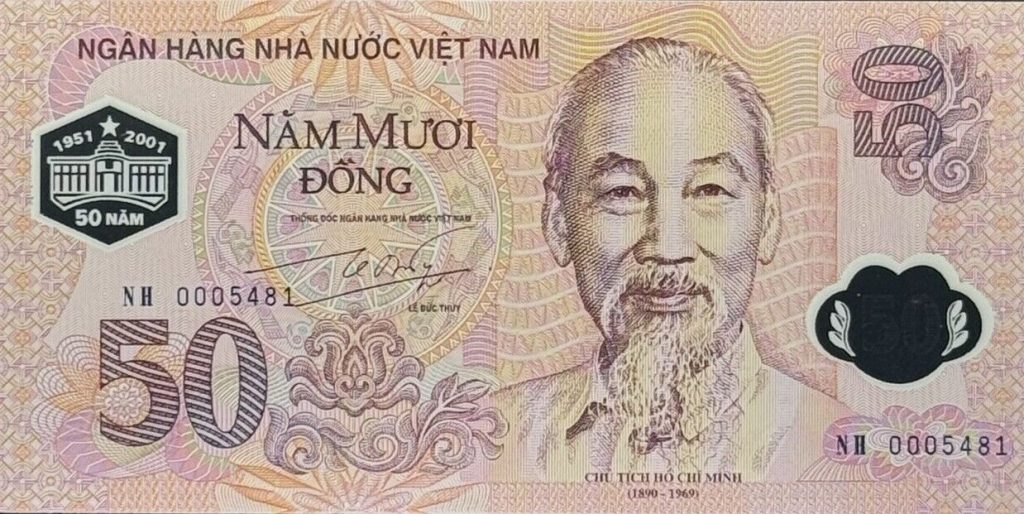
The China 100 Yuan Dragon Year 2000 Commemorative Banknote was issued by the People’s Bank of China in 2000 to commemorate the Year of the Dragon in the Chinese zodiac and to celebrate the millennium. This special issue was a tribute to Chinese culture, history, and the transition to the 21st century.
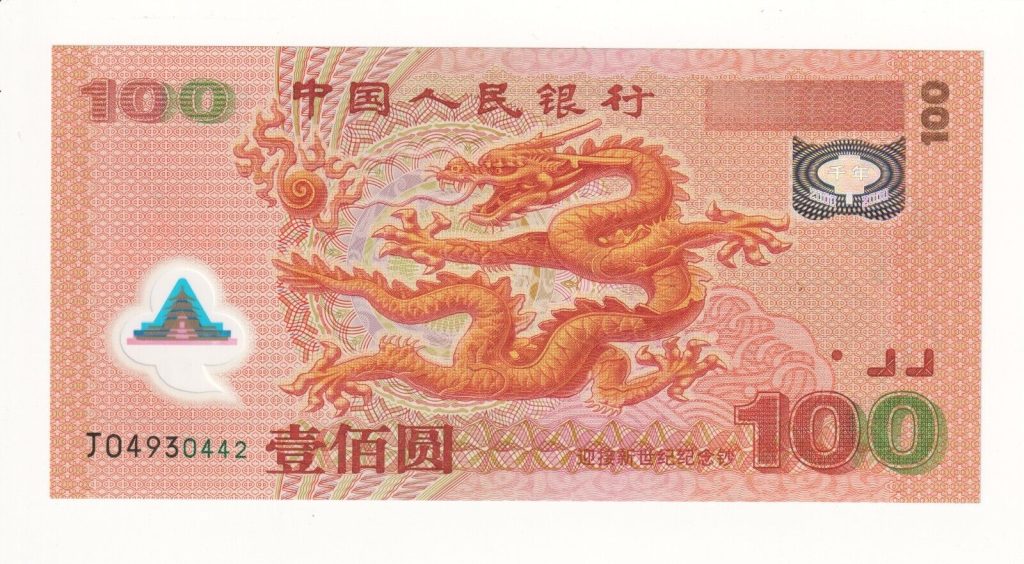
These examples reflect how commemorative banknotes act as visual time capsules, offering not only currency but storytelling through design, material, and theme.
The issuance of commemorative banknotes serves multiple purposes, both cultural and economic. Central banks do not issue them arbitrarily; instead, these notes are often part of larger campaigns to mark historical significance or promote national identity.
- Celebrating National Milestones and Historical Events
One of the most common reasons for issuing commemorative banknotes is to honor major national milestones. Anniversaries of independence, historical revolutions, or landmark events in a country’s political or social journey often become the focal point of commemorative designs. For example, in 2000, to celebrate the new millennium, the island nation of Fiji issued a 2000 Dollar note to commemorate this historic event.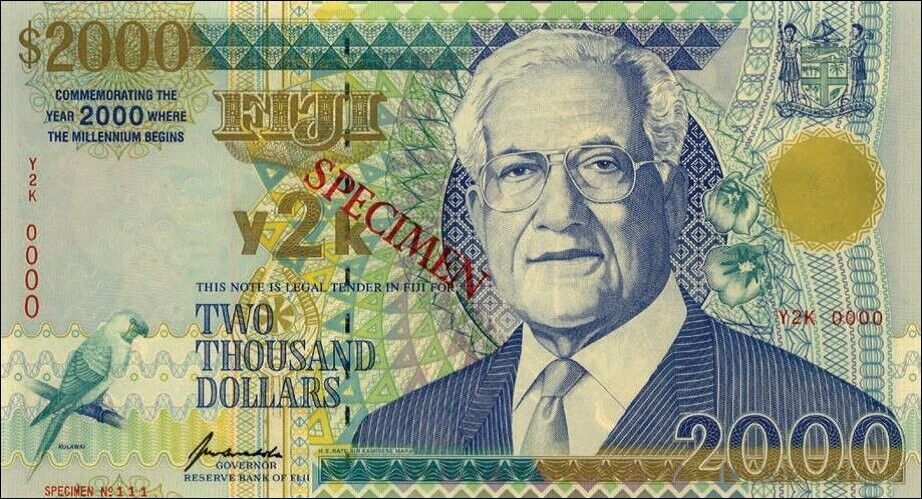
2000 “MIllennium” Commemorative Issue - Boosting National Pride
These notes often stir national pride and serve as a unifying symbol for citizens. The rich artwork, cultural references, and tribute to national achievements imbue the notes with a sentimental value, making them more than just legal tender. - Educating the Public
Commemorative notes can be an educational tool, informing the public about significant moments or personalities in their history. By including brief biographical details, notable accomplishments, or iconic imagery, these notes spark curiosity and promote historical literacy. - Stimulating Collector Interest and Revenue Generation
Beyond cultural goals, there’s an economic rationale. Central banks often sell commemorative notes at a premium—sometimes with special packaging—specifically for collectors. This creates an additional revenue stream and reduces the risk of the notes being used in general circulation, preserving their novelty.
Commemorative banknotes stand out from everyday notes in several notable ways. Their artistic, historical, and production elements combine to make them distinct and highly sought-after.
- Design Innovation
Design is where commemorative notes truly shine. Unlike regular banknotes, which tend to follow a standardized format to ensure usability and security, commemorative notes offer designers a broader canvas. This freedom allows for the inclusion of intricate images, innovative color schemes, holographic elements, or thematic illustrations that align with the note’s purpose. For example, the Kazakhstan 10,000 Tenge commemorative note, issued in 2011, won global acclaim for its futuristic and artistic design. Featuring vibrant colors and complex imagery, it set a benchmark for creative banknote design.
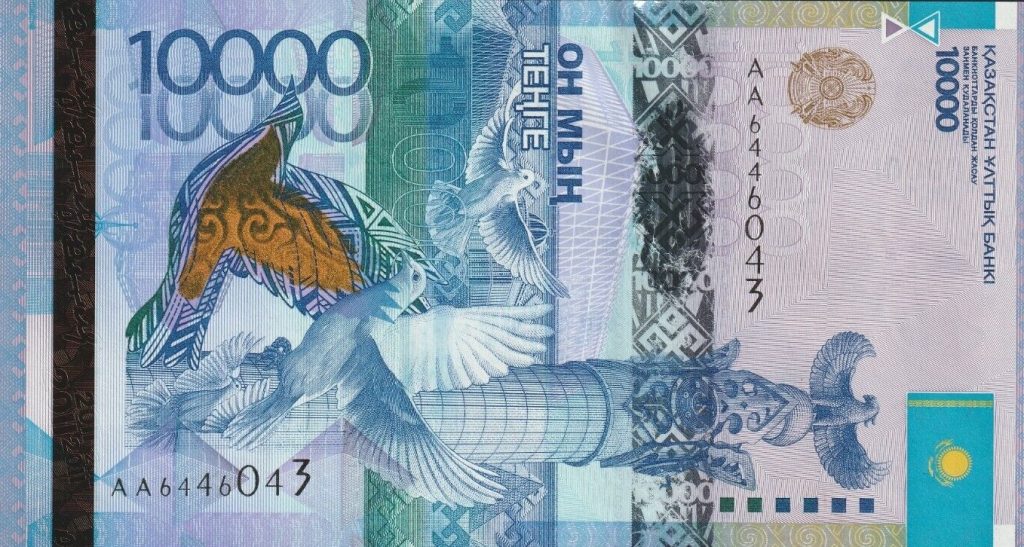
- Use of Unique Materials
While regular notes are usually printed on paper or polymer with a standard set of security features, commemorative banknotes often experiment with materials. Transparent polymer substrates, metallic threads, and holograms are frequently employed to enhance their aesthetic and make them tamper-proof. Some commemorative notes even use special inks that change color in different light or temperature conditions, further distinguishing them from their standard counterparts. - Symbolism and Cultural Significance
Each commemorative banknote tells a story. The choice of portraits, landmarks, calligraphy, or inscriptions is carefully curated to reflect a cultural narrative. In many cases, the symbolism goes beyond patriotism—it connects deeply with a nation’s identity and memory. The Philippines’ 100000 Peso commemorative banknote issued in 1998 is a perfect example. It marked the 100th anniversary of independence (Centennial of First Republic, 1898-1998) and featured images of the first Philippine flag-raising, the Katipunan seal, and a young President Emilio Aguinaldo—creating a tangible link to the country’s past.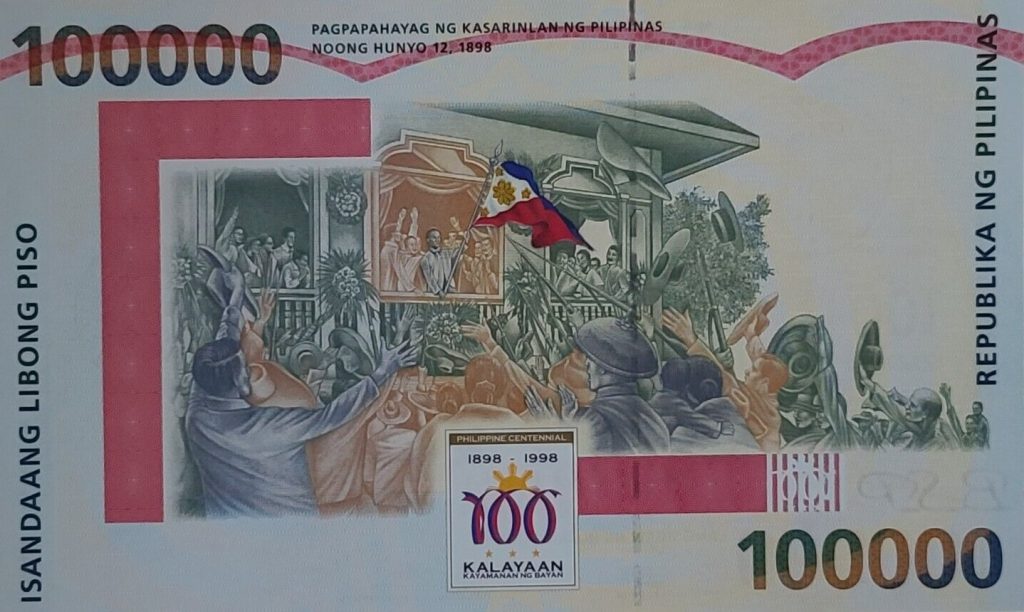
Centennial of First Republic, 1898-1998. Photo: Internet - Limited Legal Circulation of Use
In many cases, commemorative notes are not intended for regular transactions. Although technically legal tender, they are issued in such limited quantities that they rarely enter widespread circulation. Collectors often acquire them directly from central banks, dealers, or special events, ensuring they are preserved in pristine condition.
This contrasts sharply with the purpose of standard banknotes, which are mass-produced and designed for durability and functionality in the daily economy.
One of the defining characteristics of commemorative banknotes—and a major reason they are so appealing to collectors—is their limited print run. Unlike regular currency that is printed in the millions or billions to support an economy’s needs, commemorative banknotes are issued in much smaller quantities.
The scarcity factor cannot be overstated. Here’s why the limited number of copies significantly influences their value and collectability:
- Limited Supply Equals Higher Demand
Basic economics suggests that rarity drives value. The fewer copies of a banknote that exist, the more desirable it becomes to collectors. Notes with print runs under a few hundred thousand—or even less than ten thousand—are especially attractive, particularly if they mark a notable historical moment or have unique features. - Preservation of Condition
Because most commemorative banknotes are acquired by collectors, they are typically stored in albums, protective sleeves, or display cases. This ensures that a higher proportion of surviving examples remain in uncirculated or mint condition, which is ideal for serious collectors. - Serial Number Appeal
Low serial numbers (like 000001 or patterns such as 123456) are highly coveted. When notes are printed in limited batches, the chances of acquiring a “fancy” or low serial number increase. Some collectors focus exclusively on these patterns, adding another layer of specialization to the hobby. - Resale and Investment Potential
Given their scarcity and increasing demand, many commemorative banknotes appreciate in value over time. Some rare notes, especially those with printing errors or low serial numbers, can sell for multiples of their original face value. This has turned commemorative banknote collecting into not only a passion but a potential investment opportunity. - Exclusivity and Prestige
Owning a rare commemorative note adds prestige to a collection. It reflects a collector’s dedication, timing, and expertise. Displaying such notes in exhibitions or among collector communities garners respect and recognition.
Commemorative banknotes offer a rich, specialized avenue for currency collectors. Their combination of limited production, artistic excellence, historical relevance, and cultural symbolism makes them unique treasures in the numismatic world. While they may look like ordinary money at first glance, they represent so much more—moments frozen in time, national pride rendered in ink and paper, and the thrill of owning something rare.
For collectors who value depth, storytelling, and exclusivity, commemorative banknotes are not just a hobby—they are a passionate journey into the heart of history and heritage. Whether you’re an experienced numismatist or a curious beginner, diving into the world of commemorative banknotes is a rewarding way to collect in a truly specialized and meaningful way.


